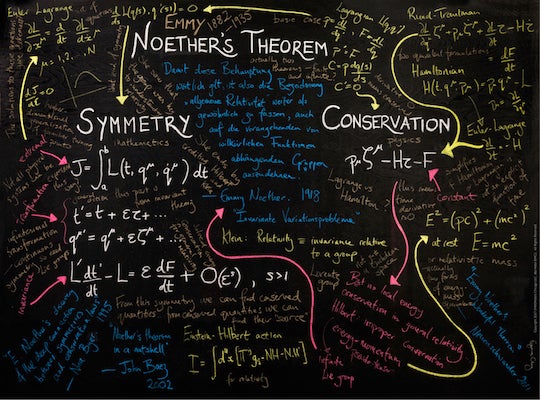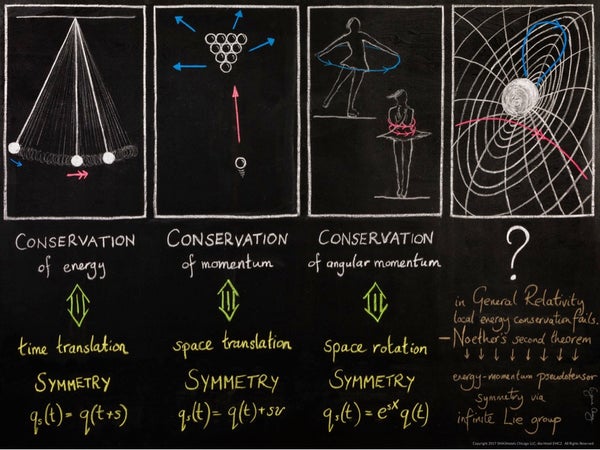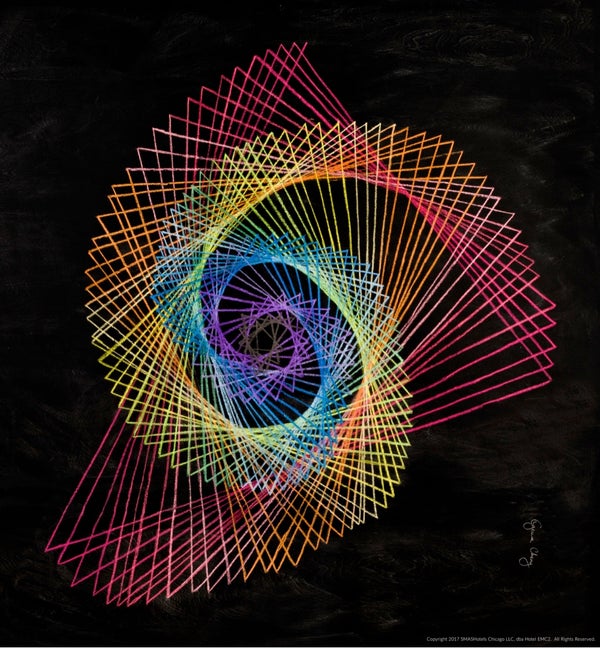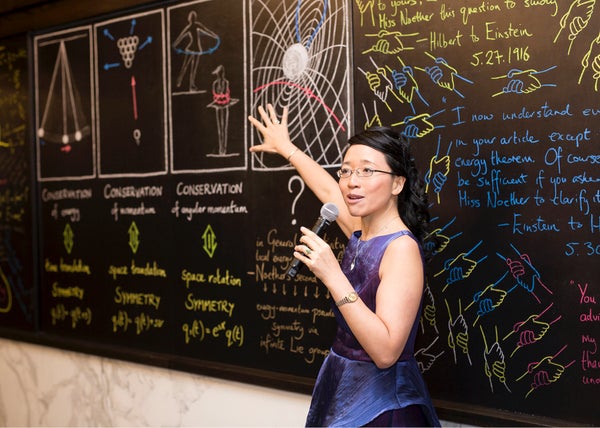This article was published in Scientific American’s former blog network and reflects the views of the author, not necessarily those of Scientific American
Albert Einstein’s Theory of Relativity was published in 1915, forever changing the way that we understand the relationship between space and time. As is true with most scientific advances, however, many more people contributed to this breakthrough than are formally recognized.
Although you would be hard pressed to find someone who had never heard of Einstein, very few people know that the Theory of Relativity would not be possible without the work of Emmy Noether. In fact, if you type “Emmy Noether” into a Google search, one of the first links that pops up is a New York Times article titled, Emmy Noether, the Most Significant Mathematician You’ve Never Heard Of.

Credit: Scott Greenberg
On supporting science journalism
If you're enjoying this article, consider supporting our award-winning journalism by subscribing. By purchasing a subscription you are helping to ensure the future of impactful stories about the discoveries and ideas shaping our world today.
Noether’s relative obscurity is due, in part, to the tendency in mathematics to study theorems and not mathematicians. But if you look through a more skeptical lens, you might suspect that she labored quietly as a Jewish woman working in a male-dominated field and living in Nazi Germany.
However, Noether’s grit and perseverance are not completely lost to history. After reading about her life and work in Leon Lederman’s Symmetry and the Beautiful Universe, Scott Greenberg, a Chicago hotelier and self-described science nerd, decided to pay homage to her untold story through an unlikely medium. Artwork highlighting Noether’s work will be featured on the walls of Greenberg’s Hotel EMC2, which opened this month in Chicago’s Streeterville neighborhood.
In the early days of conceptualizing Hotel EMC2, Greenberg commissioned Eugenia Cheng, the Scientist in Residence at The Art Institute of Chicago, to take on the role of Scientist in Residence at Hotel EMC2. In her first official capacity of this residence, Cheng created eight chalkboard installations to be displayed in two separate spaces within the hotel.
In one room, four panels display a visual representation of the mathematics of symmetry.

Credit: Scott Greenberg
In the other, four more panels tell the story of Noether’s life and work.

Credit: Scott Greenberg
Cheng has dedicated the most recent phase of her career to working on the edge of strange intersections with mathematics. In this context, she embraces her role as the Scientist in Residence at Hotel EMC2 because it underscores her mission to take mathematics to wider audiences, making it accessible to even the most unlikely observers.
“Some of my best research was done at hotel bars,” she remarks. “Hotels are places where people meet from all over the world with a unique sense of curiosity.” Although Cheng is a Professor, her goal is not to teach abstract algebra to hotel guests. Instead, her objective is to spark their curiosity by utilizing the laws of symmetry to create appealing artwork.

Credit: Scott Greenberg
When you first walk into EMC2 you are greeted by the Leonardo DaVinci quote that underscores the theme of this endeavor, “Study the science of art. Study the art of science. Develop your senses- especially learn how to see. Realize that everything connects to everything else.”
“You’re sitting in this room now and it’s not a University, it’s not a hospital, it’s not a museum,” says Greenberg, “but I think places like this should be part of the continuum of outlets where people can touch science.”
“It’s not just that there is creative stuff and then there’s scientific stuff.” Cheng says, “Art has a scientific aspect and science also has that creative aspect. It’s like [Scott] said in that DaVinci quote, that creativity is everywhere and science is also everywhere.”
Much like advances in the physical sciences, we see many works of art that implicitly reflect complex collaborations between improbable friends. In this case, a hotelier had a vision and enlisted the help of a mathematician to create art that tells a human story. The hope is that the product will captivate unsuspecting observers and influence many more contributions to the cycle of art and science.